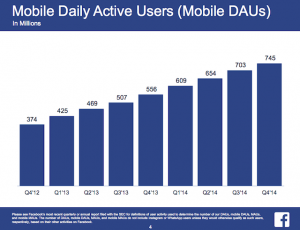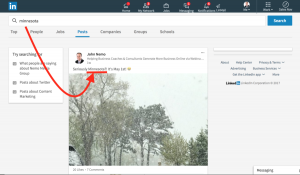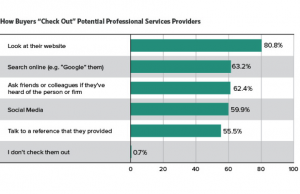There is a big difference between being a one-man UX band, finding out what customers need and implementing it, and conducting user research for a large business. Any company that is going to survive the harsh, digital world needs to scale. If you haven’t taken steps to scale your user research, then chances are it is no longer fit for purpose.
Research needs to be bold, direct, and applicable, and it can’t be finished within one online meeting. If you suffer from insipid research that doesn’t seem to impact the way things work, then your research process needs review.
Cultivate research
Research is only good if it is supported. Your entire company needs to trust in your research and be willing to follow the changes it suggests. First of all, you need to make research integral to your business culture.
Research is a means to connect with your users and find the answers your developers need.
If you don’t ask questions, you can’t uncover how your product is truly used. If you don’t know these truths, then you will be flying blind and begin to stagnate.
Every level of your large enterprise needs to be on board with the idea of research and acting on that research. Whether it is the web developer tasked to implement changes to a site or the stakeholder looking for revenue recognition risks.
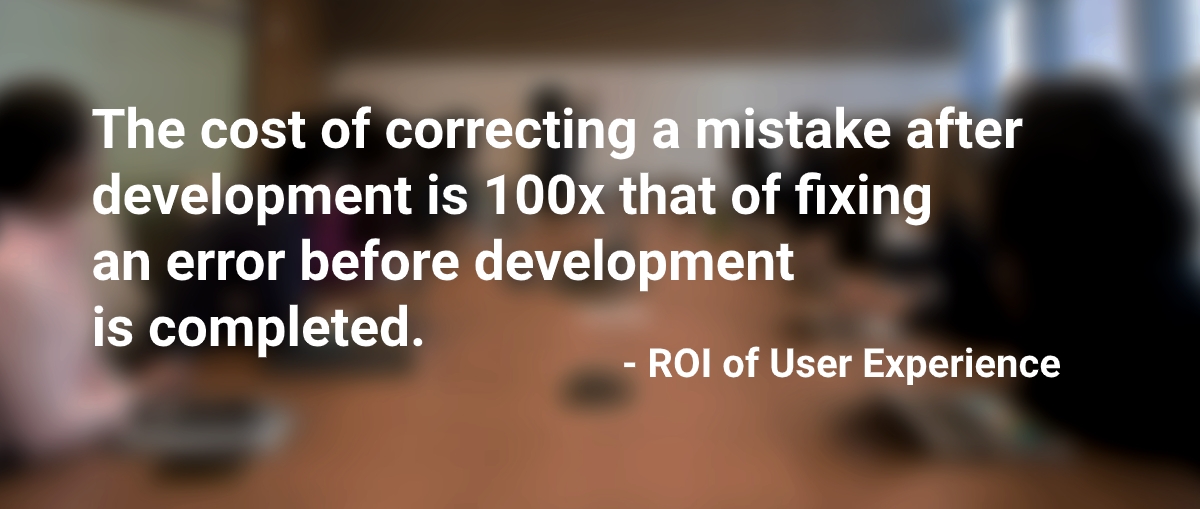
If you are having trouble, you can easily show the value of user research.
Your users are more knowledgeable than you
Sorry to say it, but you are not the expert. Digitalization has become important in the workplace, and the average office worker has a much better understanding of tech than they did 20 years ago. They understand and know what they want.
You need to get used to the fact that you are not the ultimate expert on the use of your own product.
If you design an extendable fork, and people only use it to scratch their backs… well you’ve designed a back scratcher. It doesn’t matter what you want your product to be, the way your users use it is the most important thing. They are the experts.
Your customers are the ones who need to use the product, they are the ones who use your software to achieve goals on a daily basis. They know their marketing methods or their sales process better than you do.
Your customers have the most vital information and feedback you could ever ask for: you just need to ferret it out!
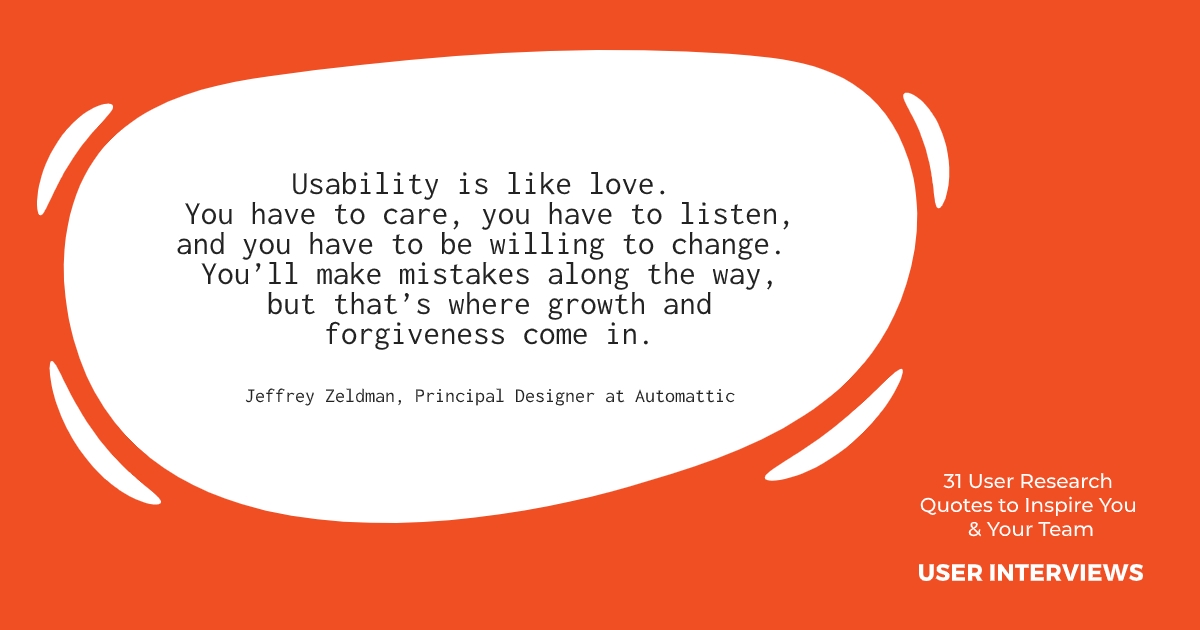
They’ll have an opinion on what the best productivity software for small business is – they use it every day.
Sure, they will probably complain. A lot. We’re human and humans like to complain. Harden yourself to that, and look for the gems in what they are saying. As obvious as it sounds, people only complain when something is wrong.
The challenge of inputting big data for businesses in the right place is a surface complaint. You might immediately think about ways to improve the UI. Dig a little deeper, and the best answer might be more holistic. Why not automate the entire data entry process?
A lot of time is wasted in the workplace every day. We now have new tools that help cut down on this wasted time. Imagine a harried receptionist finding out IVR is for the first time, and getting hours of the day freed up. Communication gaps between teams have even been improved using instant messaging and other text messaging apps.
In fact, 30% of a knowledge worker’s time is spent searching for information, and it takes a professional 18 minutes on average to locate a file. These bumps and obstacles constantly drag workers down. They are the overarching complaints that you should be listening to.
Implementing the next big feature creep idea isn’t going to improve your product compared to solving a dilemma that actual users are experiencing.
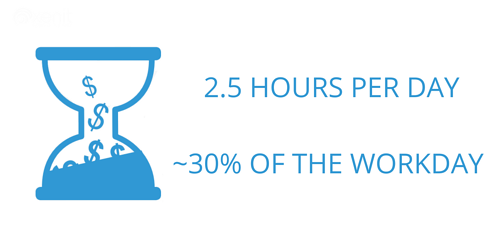
Source: Xenit
Become the outsider
Similar to asking users – or potential users – what they think of your product, you can also embrace your outsider’s perspective and become one. For example, you would need to verify the service pain points of users before you recommend particular onboarding processes to your company.
See if you can shadow someone working in the industry you serve for a day or two, or even a week. You can uncover issues that they have that they don’t even know about themselves.
You can see what processes and products they use or might need. You could discover they are in desperate need of email marketing automation to enhance customer outreach, but they may look blankly at you in confusion. If so, you now know your audience and a need that they have, that they wouldn’t have been able to tell you through simple questioning.
By going through their new employee onboarding process, you can see what issues they face and the tasks they have to do on a daily basis.
It’s a form of bottom-up design, rather than the top-down approach. Don’t waste your company’s time designing a piece of software you assume people want. While you’re worried about giving them a place to collect notes, what they really need might be a new small business software feature that automates lead generation.
The bigger your company gets, the more accurate you need your research to be. A smaller, more agile company may be able to turn on a dime, but a scaled-up corporation cannot waste time or money. It could be financially fatal.
Form hypotheses
Again, you need your research to be accurate, sharp, and effective.
Hypotheses form the background of all scientific research. It’s a fundamental scientific process, but one that rarely finds its way into the corporate space.
Design hypotheses that will give structure to your research and make it implementable for the rest of the company.
If you’re trying to figure out the processes you should automate, then approach your research with a hypothesis worked out already. When scaling up, your company research can’t follow a scattergun approach. It has to be targeted and honed.
“ABC Ltd should adopt AI to improve operations.” Now you have a hypothesis, work out the questions you need to ask. “What operations need improving? How can AI improve that operation? Is it cost-effective?”
If you don’t know the questions you’re trying to answer from your research, you’ve failed before you’ve even started.
When putting your hypotheses together, make sure you consider the audience and their demographic segmentation.
Make your research applicable
If you have an unwieldy, written report, 16 pages long, full of dense paragraphs as the result of your research – it’s not going to be applicable or usable.
Whether or not you are the one implementing the UX changes, you should break down your research into easily actionable stages.
Dive Creative reportedly breaks their research down into what they call ‘Value Cards’. These Cards are action-focused. Each one contains an objective, desired outcomes, and design takeaways.
Together, the deck provides an overall vision of what the UX needs to be. Yet individual cards represent a single task.
The format is very scalable as it can be shared with and understood at all levels of the company, and provides a concrete foundation on which to make changes.
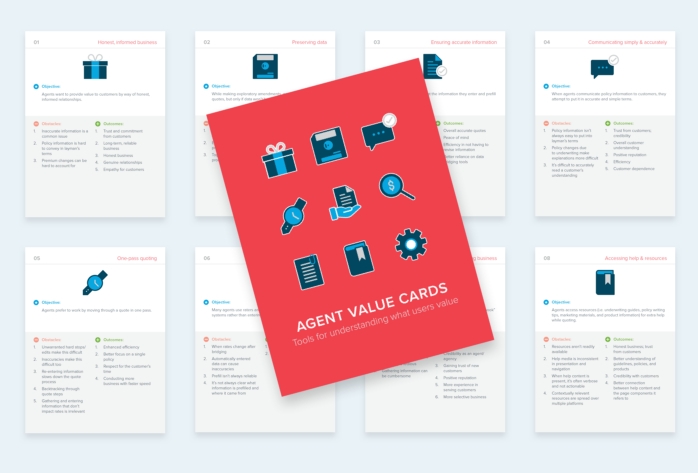
Source: Drive Creative
If you are having trouble making your research applicable, check out this step-by-step guide to hone your research process.
Democratize insights
Those Value Cards are a good step towards democratizing insights. It makes the information available to everyone.
However, you need to make sure that every department and worker has a hand in developing your user research and are empowered to use it when it is collected. For example, customer service training should be created by those who work closely with the customers first hand.
In UserTesting’s Industry Report, they found that everyone from marketers to designers and product teams agree that feedback is important. It is required before launching a product.

Source: UserTesting
Conversely, they found that only 50% of respondents felt that user research was shared with the company. Furthermore, only 50% felt that customer feedback was integrated into the company processes.
If the data you’ve worked so hard to collect isn’t shared or integrated, then workers are not going to feel empowered to use it.
Once you have cultivated the need for research in the company, it should be easier to start disseminating the results and have people act on it. But if your stakeholders aren’t on board with user research, the developers may not feel comfortable implementing changes.
Share your findings in a video conference call, and then store the data you’ve found in a place that anyone in the company can reference. It should be there for everyone to make use of.
You’ve got this
Get out there and get researching. UX is a long and never-ending journey, but to keep your spirits high along the way, check out 31 user research and UX quotes to help inspire your team.
The bigger a company gets, the more scalable your research needs to be. Make it direct, make it clear, and make it accessible. The worst thing for a big company is to continue blindly, to stagnate or, even worse, to make a financially unsound decision.
Business & Finance Articles on Business 2 Community
(58)
Report Post


